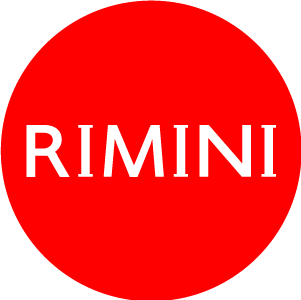Augustus Arch - Monument symbol of the city
Built in 27 B.C. in honour of Caesar Octavian Augustus, it is the oldest surviving Roman arch and it is located at the junction between the Flaminian Way and the Emilian Way. It was constructed using Istrian stone and its barrel-vault measures 8.84 metres, with a depth of 4.10 metres and a height of 10.40 metres. Between the arched lintel and the Corinthian capitals, there are four clipei in which four divinities can be admired: Jupiter, father of all the gods and the most important deity for the Romans; Neptune, Italic god of all the waters; Apollo, son of Jupiter and protector of health; Minerva, protector of the city of Rome, of arts and of trades. On both of the arch's façades there are two bull's heads which symbolically attest to the quality of the Roman colony of the city of Rimini.
During the work that was done to isolate the structure between 1937 and 1939, it was discovered that the arch functioned as a gateway into the city and was joined on both sides to the city walls.
According to traditional beliefs, it is said that at the very top of the Arch there was once a chariot driven by Augustus. During the Medieval period the arch, then known as the Aurean Gate, was partially dismantled and the top part removed. The present battlement was constructed in the 10th century.
Augustus Arch was recently restored and has thus been returned to its original splendor.


